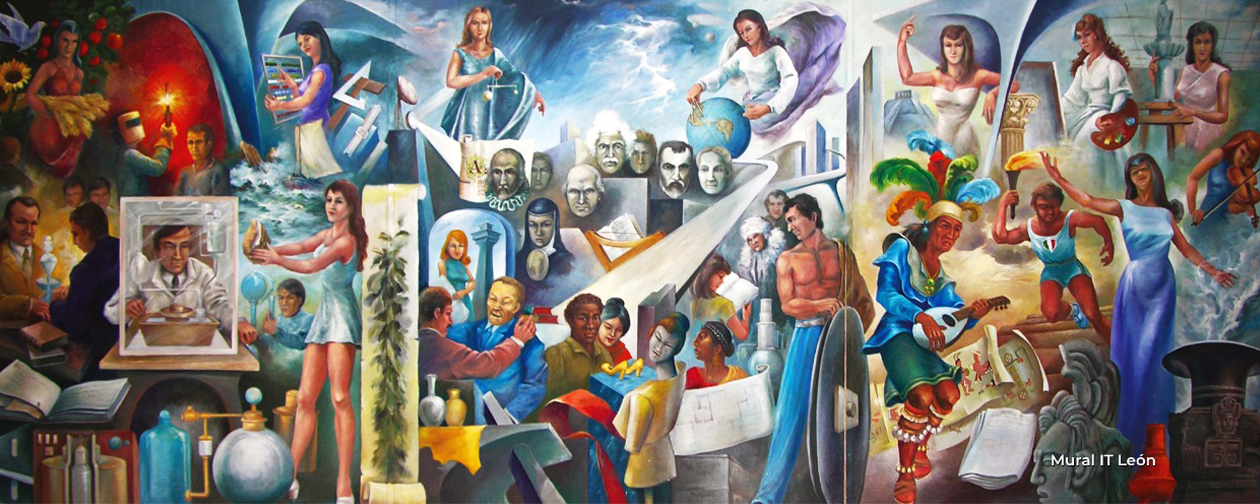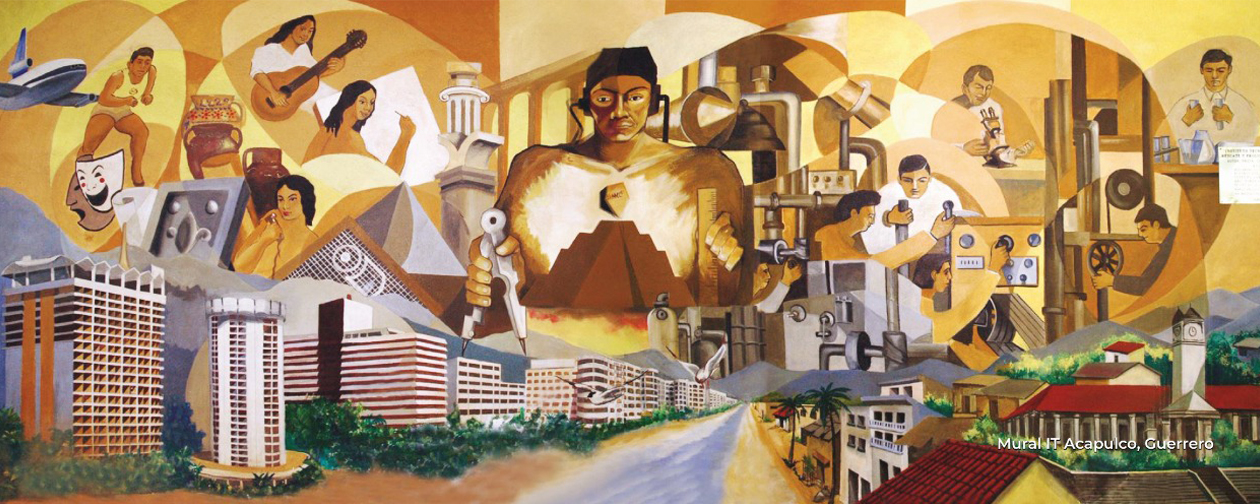
Please use this identifier to cite or link to this item:
https://rinacional.tecnm.mx/jspui/handle/TecNM/474| Title: | Convertidor CD/CD multientrada, basado en Flyback, para aplicaciones en energía renovable |
| Authors: | LARA SALAZAR, GABRIELA%660916 |
| Issue Date: | 2017-06-01 |
| Publisher: | Tecnológico Nacional de México |
| metadata.dc.publisher.tecnm: | Instituto Tecnológico de Celaya |
| Description: | Fuels currently used to achieve the needs of the global population are oil, natural gas, and coal are merely finite, in a very short term they will be exhausted, and that is why they are called "non-renewable energies". Fortunately there are new forms of energy which source is practically inexhaustible, this about average life time of a human being. These forms of energy have the advantage of having a smaller environmental impact than the conventional sources, also have the potential to meet the actual and future energy needs of human kind, and contribute to preserve the non-renewable sources and produce useful and clean energy. Technology to take advantage of renewable energy sources have always been present throughout the history of humanity, those were put in disuse with the emergence of industrial revolution, which main factor was the steam engine that required coal for its operation. From there, renewable energies were replaced by hydrocarbons. However, thanks to the investigation of new technologies for the use of renewable resources, its use has been intensified again. An industrialized society is known as that one that uses large-scale fossil and nuclear fuels, however, the excessive manipulation of these has generated the awareness of these societies in terms of storage of wastes, acid rain, global warming, and deterioration of the ozone layer. This has resulted in promulgated issued laws by governments regarding environmental criteria, suggesting the increased use of renewable energy as a solution to the previous approaches to achieve a sustainable development. Renewable energies are very abundant and can contribute to satisfy without any doubt the energy demand of countries. In México there is human capital to generate research and technology to promote its use, which would generate new jobs. But to ensure a long-term success of sustainable development in the countries, the government must be committed to: generate policies, financing, and legal frameworks. There is still a great opportunity to preserve fossil hydrocarbons and make use of clean energy. Solar energy is one of the main and best known renewable energy source, but there are others equally effective types to produce clean and useful energy sufficiently abundant to solve the imminent disappearance of fossil fuels. Some sources of renewable energy are: Solar energy: which is obtained from sun radiation. “Convertidor CD/CD Multientradas para Aplicaciones en Energía Renovable” Ing. Gabriela Lara-Salazar 6 Wind power: which is obtained from wind force and speed. Geothermal energy: is obtained from the heat stored in earth. Hydroelectric power: is obtained from the water potential energy. Biomass: Energy obtained from organic products generated in a spontaneous or provoked biological process Seawater energy: Energy obtained from the rise and fall of the tides that occur in the oceans There is still an appreciable amount of work to be done, a great deal to grow up in terms of research and development in order to take full advantage of renewable energy sources; only a small part of the potential of these energies is currently used; it is noteworthy to mention that of the total energy annually generated around the world, most of it is produced using fossil fuels and the rest is obtained from other sources of energy: hydropower, geothermal, biomass, solar, wind. For this thesis project it is worth highlighting the use of solar panels for the generation of electrical energy and the conversion of this one through a power converter. A power converter is able to modify the voltage and current it receives at its input and obtain at its output a desired voltage and current for a specific application. The proposed plant is a system of three inputs: two photovoltaic panels and a set of batteries. The function of the multiple inputs is to ensure the constant supply of energy to the load; if one of the solar panels does not work properly, the set of batteries and the second photovoltaic panel are backed up; if none of the solar panels works, it has the backup of the set of batteries that was previously charged by one or both solar panels. The proposed topology is based on the Flyback converter. A Flyback converter has the same structure as a Buck-Boost converter but with galvanic isolation: two coupled coils as insulation; as the proposed plant is a multiple input Flyback converter, three coupled inductances with a single core are used to transfer energy to the load. |
| metadata.dc.type: | info:eu-repo/semantics/masterThesis |
| Appears in Collections: | Maestría en Ciencias en Ingeniería Electrónica |
Files in This Item:
| File | Description | Size | Format | |
|---|---|---|---|---|
| TESIS_MAESTRIA_ING_GABRIELA_LARA_SALAZAR.docx.pdf | 2.48 MB | Adobe PDF | View/Open |
This item is protected by original copyright |
This item is licensed under a Creative Commons License





